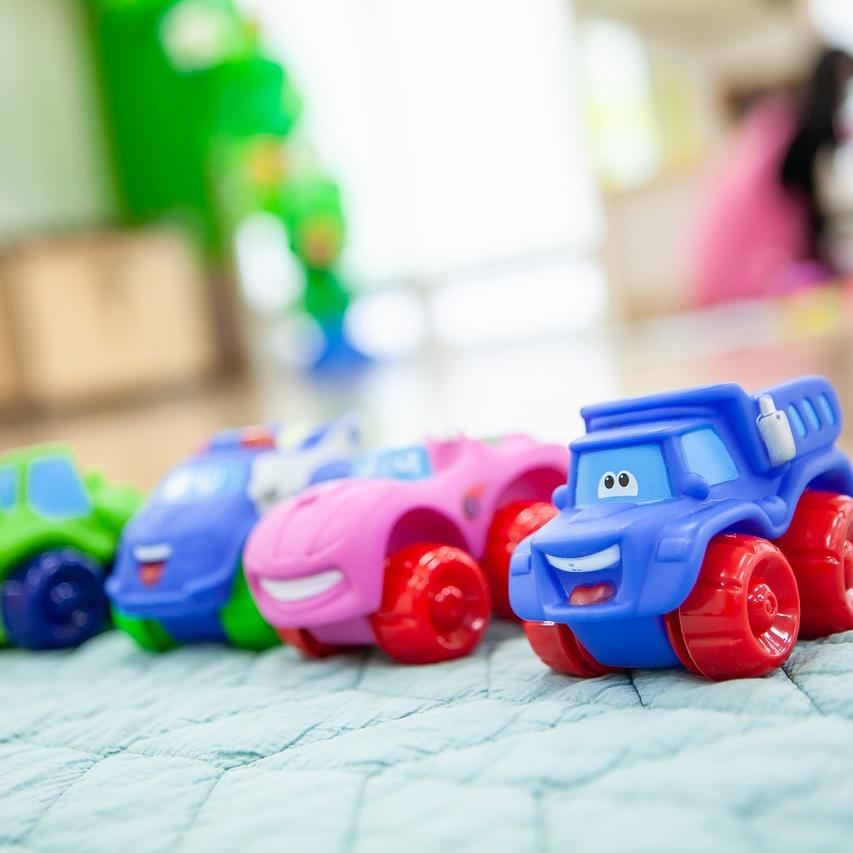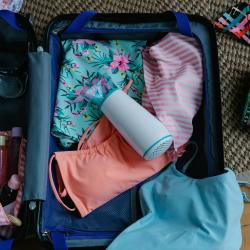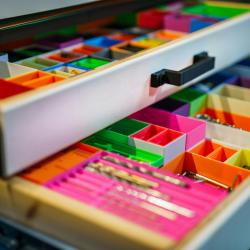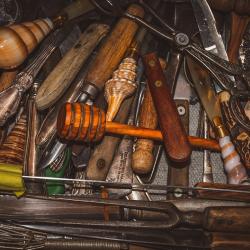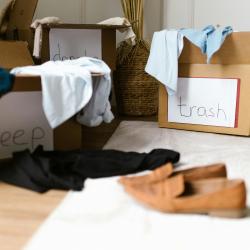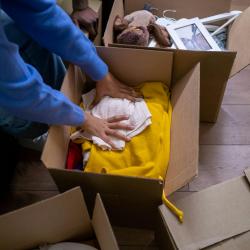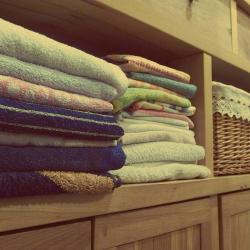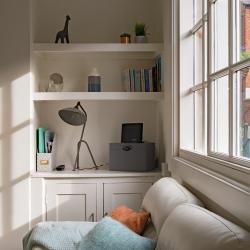Organizing Kids’ Toys: Solutions That Work
In the blink of an eye, a tidy living room can transform into a chaotic sea of toys, blocks, dolls, and scattered puzzle pieces. As parents worldwide can attest, keeping children's toys organized is no small feat, but it's certainly possible with some smart strategies and practical solutions. An organized play space not only contributes to a more orderly home but also aids in a child's development by teaching responsibility and independence. Here are some effective ways to keep kids' toys in check.
1. Embrace the Art of Decluttering
Before diving into organizing, it's crucial to pare down the toy collection. Begin by sorting through toys to identify what’s often used, what can be donated, and what should be tossed due to damage or been outgrown. Involve your children in this process; it can be a valuable lesson in letting go and appreciating what they have. Once you’ve identified the keepers, you’ll find it much easier to manage the space you have.
2. Categorize and Conquer
Sorting toys into categories can make a world of difference. Group similar items together—think cars, dolls, puzzles, and arts & crafts. This not only helps in locating toys quickly but also encourages children to develop organizational skills. Labeling bins with pictures or simple words can help younger children identify where their toys belong, promoting clean-up time independence.
3. Use Multi-functional Furniture
Integrate storage solutions that double as furniture, such as ottomans with hidden compartments or benches with bins underneath. These pieces not only serve their primary purpose but also discreetly tuck away toys, keeping them accessible for children while maintaining your home’s aesthetic.
4. Leverage the Vertical Space
Often, horizontal space is at a premium, but vertical space remains underutilized. Use wall-mounted shelves to store books or display special toys. Over-the-door organizers, traditionally used for shoes, can also be repurposed for small toys, art supplies, or even Barbie dolls, maximizing every inch of space.
5. Implement a Rotational System
Toy rotations can keep a child's interest piqued without adding to the clutter. Store some toys out of sight and rotate them every few weeks. This not only reduces the number of toys in the immediate play area but also makes old toys feel new again, stimulating renewed interest without new purchases.
6. Encourage Responsibility Through Routine
Establish a clean-up routine that involves your children. Consistency is key here—make tidying up part of their daily schedule, whether it's right after playtime or before bed. Using gamification can make this more engaging—for instance, set a timer and challenge your children to put away all their toys before it sounds.
7. Invest in Clear Storage Solutions
Clear bins or containers are indispensable when it comes to toy organization. They allow children and parents alike to easily see what’s inside, reducing the time spent hunting for a particular toy. Stackable options are also ideal for maximizing space while ensuring everything has a designated home.
8. Repurpose Everyday Items
Repurposing household items into storage solutions can be both economical and effective. Mason jars can store small art supplies, while laundry baskets can be a temporary catch-all for larger toys like balls and stuffed animals. Ice cube trays can even be used for sorting small collections like erasers or marbles.
While these solutions offer a semblance of order, maintaining an organized space is an ongoing process. The key is to continually reassess and adjust strategies as your child grows and their interests change. By involving your children in the organizational process and teaching them maintenance habits early, you set a foundation for a clutter-free home that fosters creativity and independence. This balance of order and play not only benefits home harmony but also nurtures life skills that will prove invaluable in years to come.
